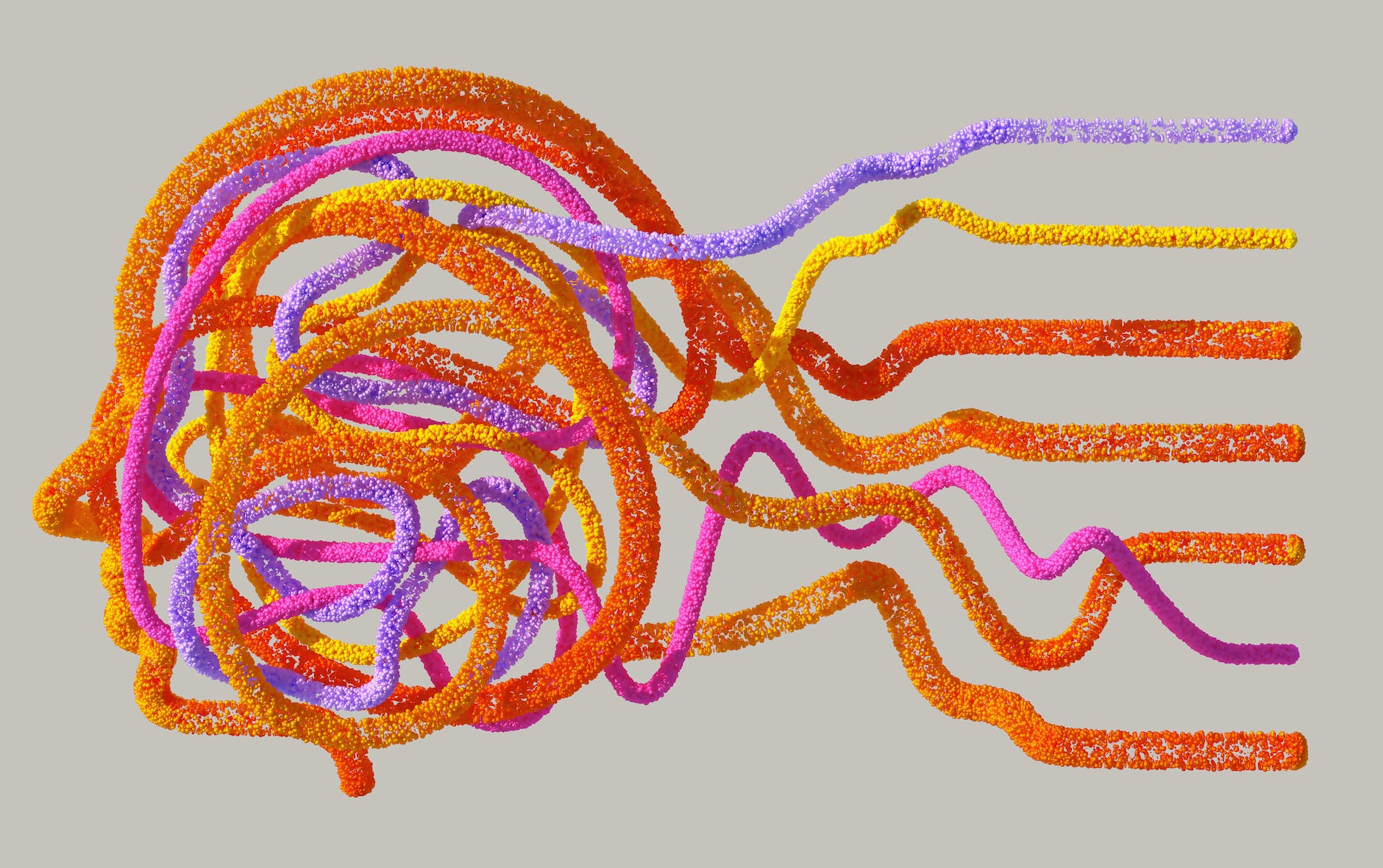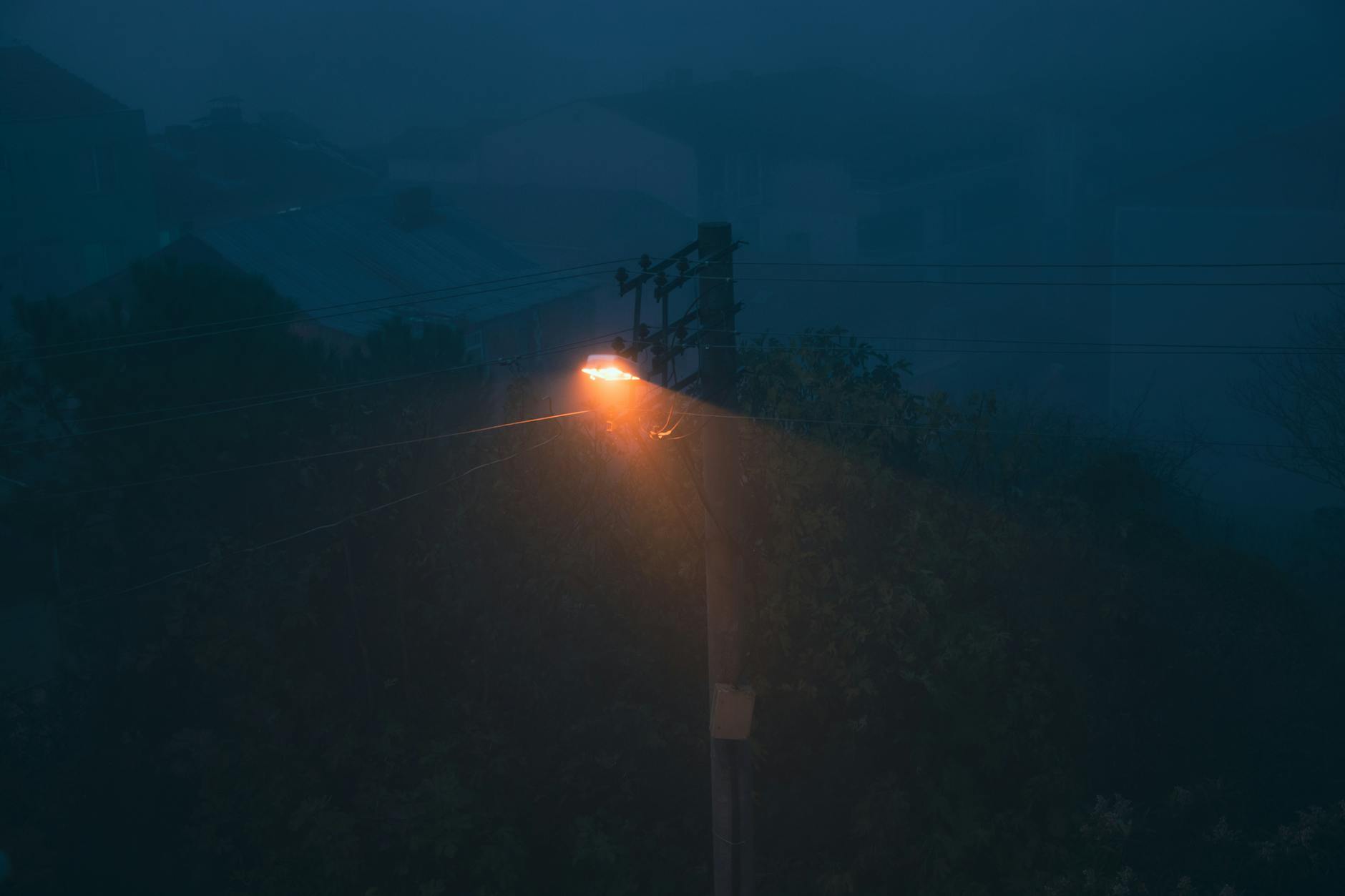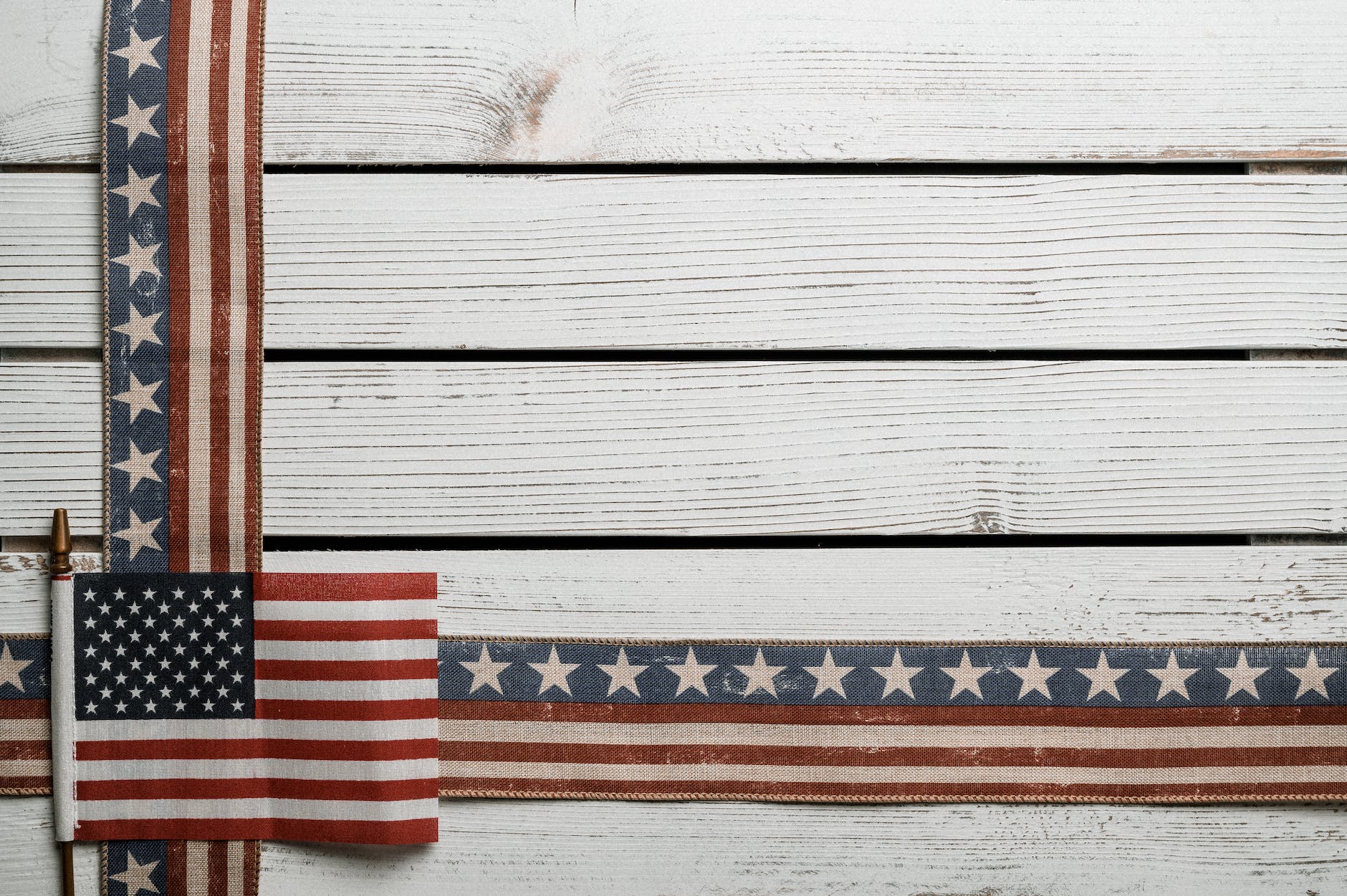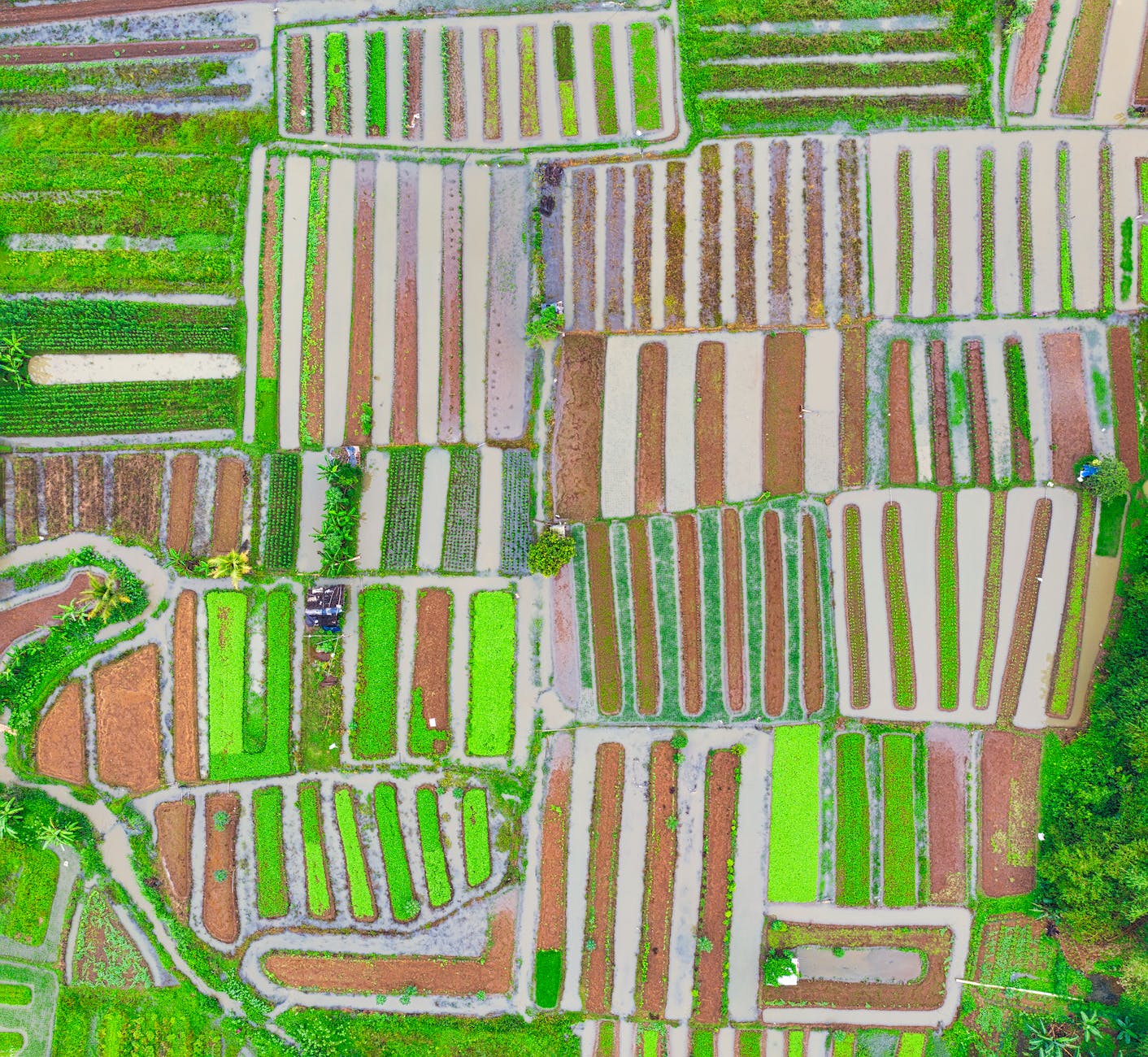In the era of rapidly changing global perceptions, the realm of psychedelics is experiencing a significant shift known as the psychedelic renaissance. At the heart of this revival is the profound interdisciplinary collaboration between science and art, in which the psychedelic experiences are being explored within the lens of neurobiology, consciousness studies, and psychedelic research, effectively marrying empirical evidence with transcendental experiences.
Psychedelic research is not uncharted territory, but its resurgence in modern times is unravelling a wealth of unexplored wisdom about the human mind and the very nature of our existence. Unprecedented advancements in neuroscience and technology enable us to probe the therapeutic potential of psychedelics and interpret discoveries through a multidimensional lens, integrating scientific rigor with artistic interpretation.
Much of the therapeutic potential of psychedelic substances lies in their ability to provide cognitive enhancement and influence mental well-being. Decades ago, thinking about a drug-assisted therapy might have been taboo, but today, researchers and healthcare practitioners are seriously considering this possibility. Promising studies have suggested that controlled use of psychedelics could have profound therapeutic implications, such as assisting with anxiety, addiction, depression, and PTSD (NIH Report).
Parallel to this surge in scientific inquiry, artists across the globe are leveraging their experiences with psychedelics as a tool for creative problem-solving, creating art that not only exhilarates the senses but also invites audiences to reevaluate their perceptions of reality. This psychedelic-inspired art is not a new phenomenon. Its roots extend back to indigenous cultures and forward through the 1960s counterculture movement to today’s digital age. However, the renewed interest and acceptance of consciousness-enhancing substances have led to a flourish of visually stunning, conceptually profound, and thought-provoking works.
Artists are not only representing their individual experiences but also collaborating with scientists and psychologists to depict complex ideas such as neural networking or the nature of consciousness. Renowned artist Alex Grey, famously known for his visionary artwork, is just one example illustrating the connection between psychedelic experiences and artistic expression (Alex Grey Art).
Through such collaborations, we see a bridge being developed between the spheres of art and science. The resulting synergy provides unprecedented insight into the underpinnings of our psyche and the intricacies and immensity of the world outside and inside us. Psychedelic science is fostering a medical breakthrough in mental health therapy while inspiring the creation of art that transcends regular perceptions of reality.
Yet, the psychedelic renaissance continues to evolve while grappling with its legacy. The history of psychedelic substances is fraught, and their misuse has led to societal stigmas and legal strictures. As we unlock the profound potential of these substances for cognitive enhancement and therapeutic use, we must also reconcile with our collective past and ensure responsible, ethical use.
What is clear is that the union of art and science in this novel area is a testament to our collective yearning to comprehend the mind’s vast complexities and potential. Psychiatry, neurobiology, and psychedelia – with art not just as bystander but as an integral participant – have a shared destiny. It is one that may reshape discussions about mental health, consciousness, and the therapeutic use of substances once relegated to the margins of society.
Thus, the psychedelic renaissance is not just a revival; it is a revolution that intertwines art and science in a dialogue of discovery, challenging and reshaping our perceptions of reality and the profound complexities of the human mind (Johns Hopkins Center for Psychedelic and Consciousness Research).
In a world looking for new perspectives, innovative solutions, and ways to enhance mental health, this psychedelic revival seems positioned perfectly to provide meaningful and transformative responses. Iconic author Aldous Huxley had once said, “There are things known and there are things unknown, and in between are the doors of perception.” As we step through these doors, art and science, hand in hand, serve as our guiding lights on this path of exploration.








